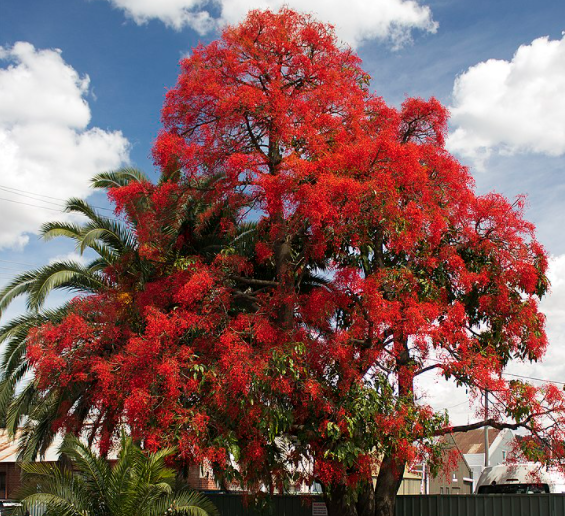News And Advice From The Leading Thousand Oaks Tree Trimming Company
It’s spring in the Conejo Valley — the perfect time to add to the beauty of your yard by planting a new tree or two. Aside from making your yard more beautiful and adding shade in the summer, well maintained landscaping also actually increases the value of your home.

So, what’s your first step? Start by deciding on a species of tree to plant. Here in Southern California, it’s a good idea to add a number of drought-resistant trees to your list of candidates, including the following:
California Sycamore
Believe it or not, those majestic Sycamores you see all around Thousand Oaks and in our adjacent hills are native to the area. Sycamores require regular watering when you first plant them. But once they are established they are remarkably drought tolerant. In fact, our Sycamores have become the darlings of designers working on green architecture and sustainable landscaping projects. Make sure you have room for one of these beauties, though — they can grow up to 100 feet in height! Also, don’t be surprised come autumn when this deciduous tree sheds its leaves. The flip side of enjoying all that shade in summer is tackling leaf cleanup in the fall and winter.
California Buckeye
If you’re looking for a bit of color along with your shade, definitely consider the California Buckeye. It’s native to California and is ideal for average size lots because it rarely reaches a height of more than 25 feet. Get ready for a showy display of flowers in the fall, and count on great shade when it’s in full leaf. Although it’s drought resistant, it loses its leaves in fall or even late summer. The good news is that you can help delay that process with a bit of supplemental irrigation. Either way, you’ll enjoy its wintertime silhouette of a white trunk against an evergreen background.
Purple-Leaf Acacia
For another option in flowering trees, check out the Purple-Leaf Acacia. It’s an attractive tree with smooth bark and green to purple evergreen foliage, complemented by fragrant yellow flowers. It grows pretty quickly, up to about three feet per year, so you’ll enjoy its low-spreading canopy before you know it. Keep in mind that it has relatively weak wood, so it’s better to plant it away from homes or anywhere the kids play.
Flame Tree
For a true blast of color, it’s hard to beat a Flame Tree. Its spectacular red blooms are in full display in spring and summer and stand out against its deep green leaves. Native to Australia, it’s comfortable in a variety of conditions, including our drought-prone valley. In fact, visitors to the Islands may recognize it as one they’ve seen in Hawaii’s botanical gardens. In regard to a location in your yard, the spot you pick does not have to be very wide but make sure there are no overhead restrictions — Flame Trees are fairly narrow but tall, growing less than 35 feet across but up 60 feet in height.

